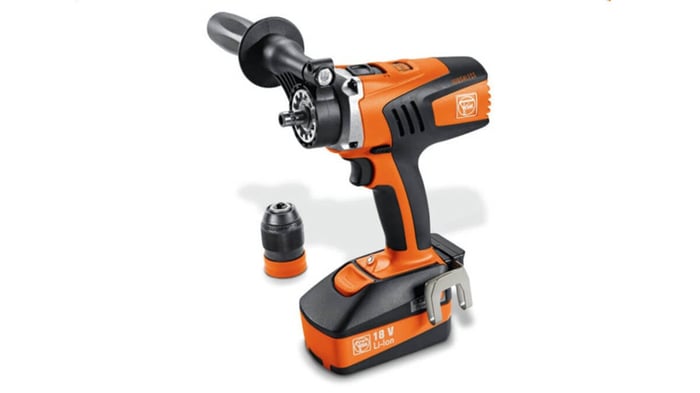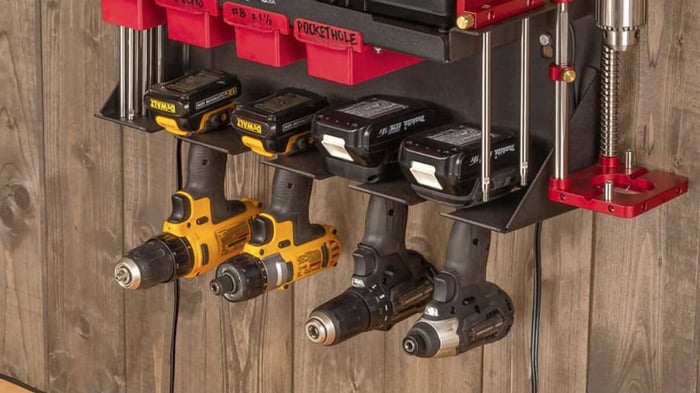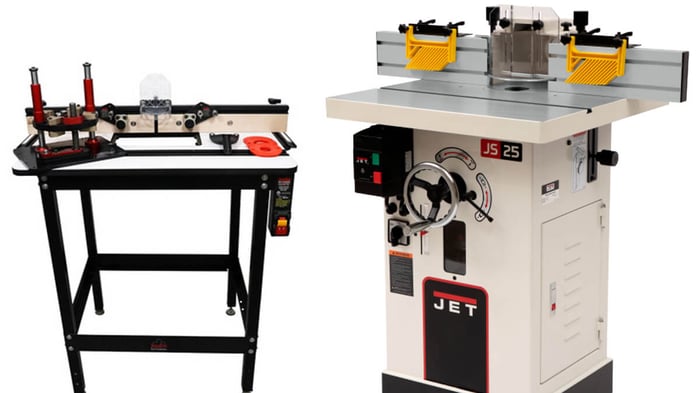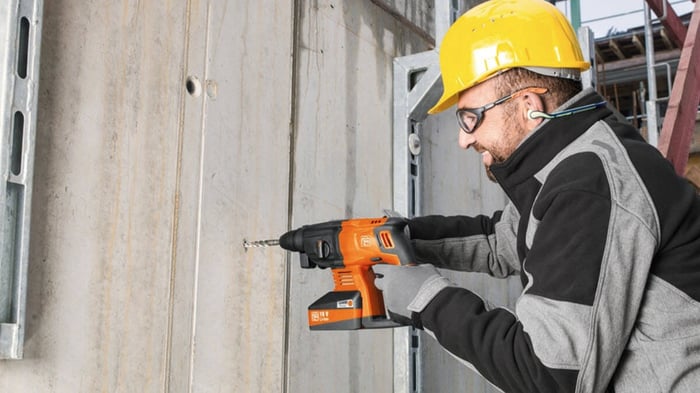
Everything You Need to Know About Cordless Drills
When tackling DIY projects, a cordless drill is a must-have in your arsenal. Known for their flexibility and ease of use, cordless drills are perfect for a variety of tasks from assembling furniture to building decks.
Advancements in battery technology have significantly boosted the efficiency, power, and longevity of these drills, making them a top choice for both novices and seasoned professionals.
Understanding Cordless Drills
A cordless drill is a powerful tool designed to drill holes and drive screws. It’s equipped with a rechargeable battery, allowing you to work freely without the constraints of a power cord. From simple home repairs to complex constructions, cordless drills adapt to numerous environments and materials.
Types of Cordless Drills
Cordless drills vary mainly in power, size, and functionality:
- Drill Drivers: Perfect for general drilling and screw driving, featuring adjustable torque settings to suit various materials.
- Rotary Hammer Drills: Ideal for drilling into brick, stone, or concrete, combining rotation with a hammering action.
- Impact Drivers: Best for driving screws and bolts, providing higher torque with less exertion and reducing wrist strain.

The FEIN 4-Speed Cordless Drill/Driver comes with 2 12-V batteries & a rapid charger.
Choosing the Right Cordless Drill
Selecting the perfect drill involves considering power, battery life, and the tasks at hand. Higher voltage batteries offer more power but can increase the weight of the drill, affecting handling and fatigue over time.
Factors to Consider
- Battery Power: Typically measured in volts, with higher voltages providing more drilling power.
- Weight: Lighter drills are more comfortable, especially for prolonged use.
- Adjustability: Look for drills with multiple speed settings and adjustable torque for greater versatility.

The Festool Cordless Drill T18+3 Set comes with 2 18-V batteries & rapid charger. If you don't need batteries, you can save money by purchasing the Festool Cordless Drill T18+3 Basic.
More Factors to Consider
- Chuck Size: The chuck size of a drill determines the range of drill bits it can accommodate, with larger chuck sizes allowing for the use of various drill bit types for different drilling applications and materials. Having a drill with the right chuck size is crucial for ensuring compatibility with a wide array of drill bits, ranging from standard twist bits to spade bits, hole saws, and even specialty bits like Forstner bits.
- Speed and Torque: These settings in a drill determine the rotation speed and twisting force applied. Higher speeds are often used for softer materials like wood, while lower speeds are preferred for tougher materials like metal or concrete. Adjusting the torque setting determines the amount of twisting force applied, influencing the drill's power and its ability to handle resistance.
- Ergonomics and Comfort: The design elements of a drill play a significant role in how comfortable and easy it is to operate. A well-thought-out handle that fits nicely in the user's hand can not only reduce strain on the hand and wrist but also enhance overall control and precision. Ergonomic considerations extend beyond just immediate comfort, as they can impact the user's ability to work efficiently over time.
- Additional Features: The Festool Cordless Drill CXS 12 2,5-Set comes with 2 12-V batteries, and features like a built-in LED light for improved visibility, angle attachment, and a keyless chuck that allows for quick and tool-free bit changes. The rapid charger is compatible with Festool 18 volt batteries, too.
The "C" design and the 12 volt batteries make it their most compact, ergonomic, and lightest drill.




Maximizing Your Cordless Drill Usage
To get the most out of your cordless drill, proper usage and maintenance are key:
- Safety First: Always wear protective gear, such as safety goggles and gloves. Ensure your work area is clean and well-lit.
- Proper Handling: Use both hands when operating the drill for stability and control. Start slowly to gauge the material's resistance, then adjust your speed accordingly.
- Maintenance: Keep your drill and its components clean and free from debris. Regularly check the battery and store it in a cool, dry place to extend its lifespan.
FAQs About Cordless Drills
1. What are the benefits of using a cordless drill?
Cordless drills offer unparalleled convenience and mobility, making them ideal for both indoor and outdoor projects where power outlets are not readily available.
2. Can I use my cordless drill for heavy-duty projects?
Yes, many modern cordless drills are designed to handle heavy-duty tasks. Opt for a model with a high voltage battery for increased power and durability.
3. How do I know when to charge the battery?
Most cordless drills come with an indicator or a smart system that alerts you when the battery is low. (At least, all of ours do.) Regularly charging your battery can help maintain its efficacy and longevity.
4. Are there any specific care tips for cordless drills?
Store your cordless drill in a dry place and avoid extreme temperatures. Clean the battery contacts and drill chuck regularly to ensure optimal performance.





